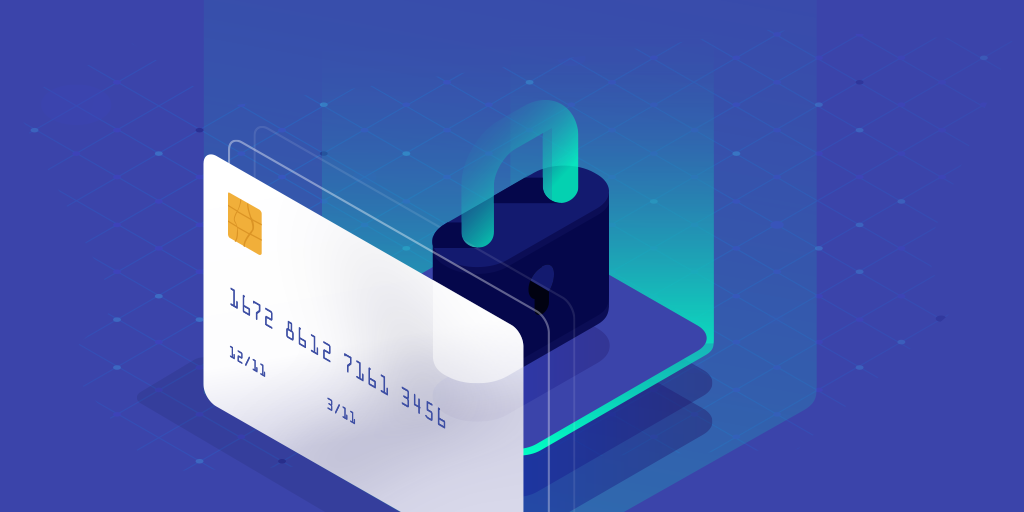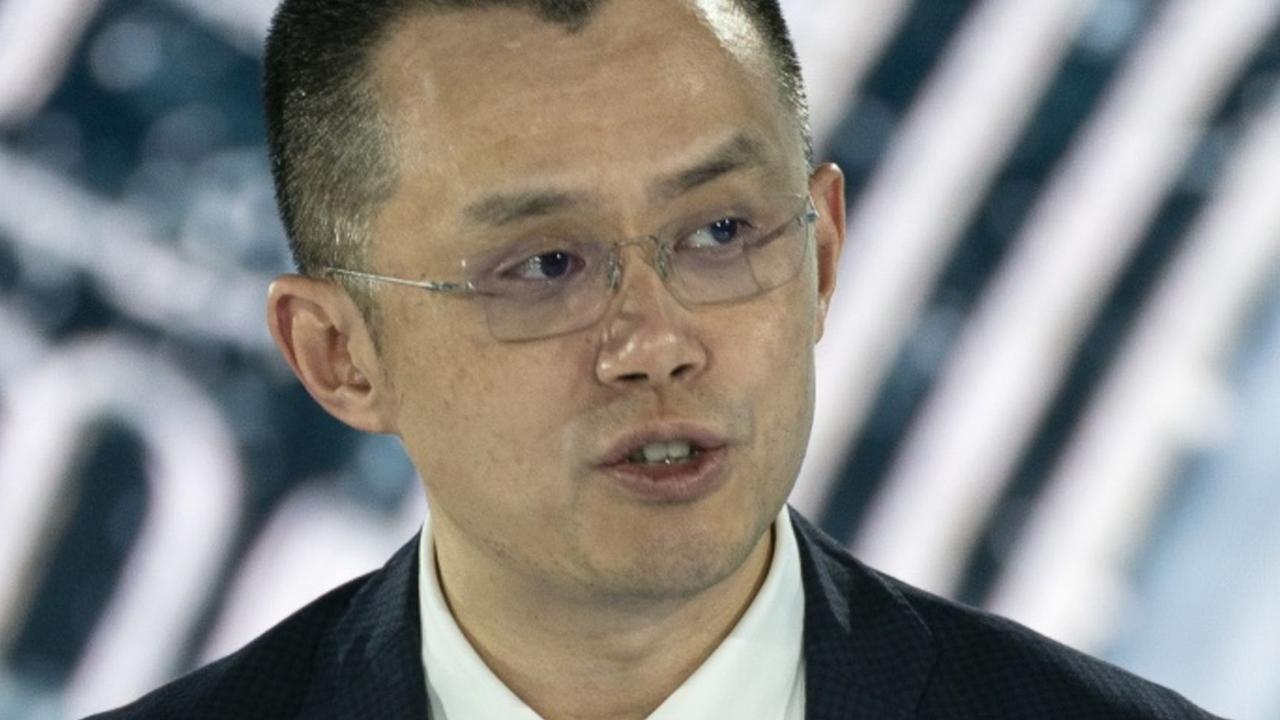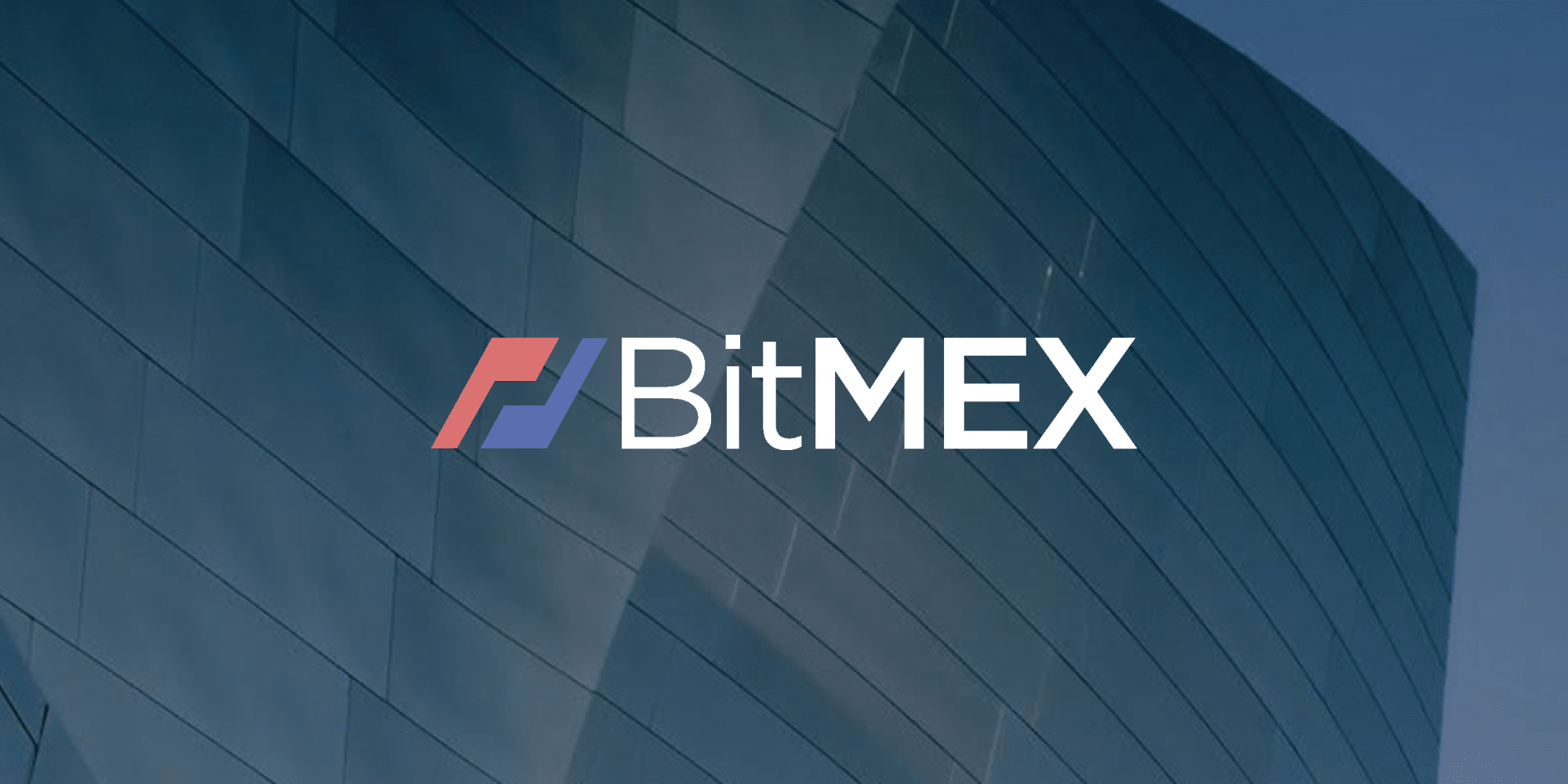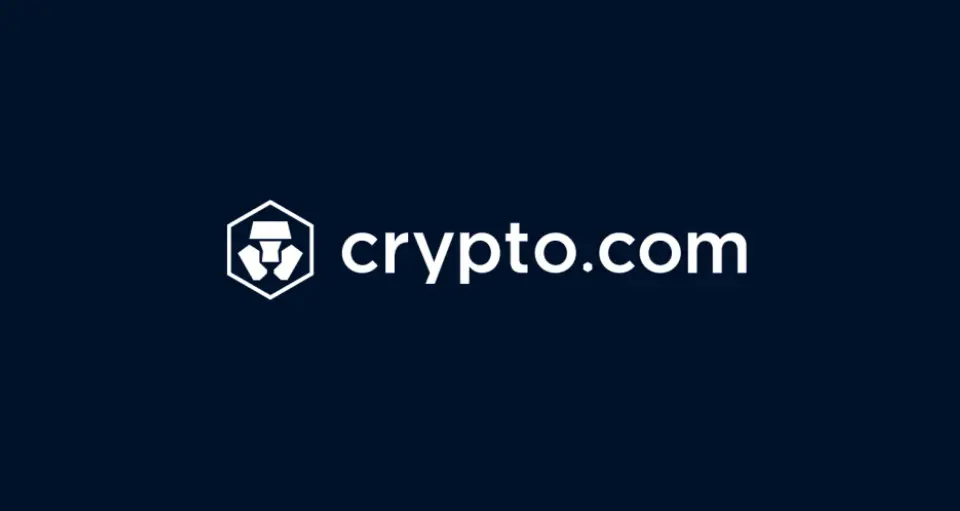
- July 22, 2021
Minimizing trading risk through proactive threat and error management.
With increasing complexity, many organizations find themselves facing various internal and external issues. Competitiveness and standards have increased the burden on businesses to the point that they have less wiggle room for profit.
This leads to greater unpredictability for the company, putting it at greater risk. To handle inevitable risks and make better business decisions, organizations must critically examine their current practices and views.
To do this, businesses must be proactive and have the capacity to proactively assess what the dangers of the near future are. One must strive to maintain a balance between protecting the firm's investments, preserving the firm's competitive edge, and overall development and sustainability.
Take a peek at the forex reviews and leverage them to trade with safety.
Proactive Risk Management
By actively managing risk, an organization is better able to prevent and deal with both known and unknown hazards, which helps to provide stability during sudden changes. Measuring and managing emerging risks is beneficial to a company because it allows them to monitor the long-term hazards, helping them stay ahead of the competition.
A proactive risk management strategy is differentiated from a reactive one by the manner hazards are identified, analyzed, and addressed. It entails closely scrutinizing a scenario or following procedures to discover possible hazards, determining the origin of these risks, and calculating the likelihood and consequences of these risks. After that, a contingency plan must be prepared.
As such, to handle risk, management must understand the effectiveness of the institution's innovative components and utilize that knowledge to battle threats that have already been discovered and those which have yet to emerge. Also, use professional risk managers' knowledge to use strategic risk.
Implementing Proactive Risk Management
Preventive risk mitigation is not a procedure or a program, but rather a way of life for a company. It can't be specified in a day, and it must be carried out as part of a larger effort. When it develops an essential part of the organization's operational risk, it is a continual process.
To save money and provide value for stakeholders, organizations should devise a risk assessment and management program. Yet, some concerns must be anticipated and controlled before beginning the implementation of this strategy, for example, unclear knowledge of the feature values and their repercussions, restricted tools and approaches, missing data, and lack of necessary resources.
Adequate Risk Management will need an organization to understand the risks confronting the organization and how they fit with the broader business strategy so that preventive action can be properly planned.
Not only is having the right interaction across all areas within the organization but using technology to its full potential is also critical to creating more business value.
Choose the right top 10 forex broker in the world to proactive threat management to save your funds.
Forging robust threat management by utilizing technology
When looking at risk monitoring and accountability at the corporate level, the roles of technology and other techniques cannot be ignored. Many businesses implement software initiatives to minimize the inconsistency of threat and the emergence of silos and to institute a consistent risk taxonomy and organizational culture that makes it easier to communicate with defined roles and obligations.
The risk professionals whose work involves processing and handling risk data while also conducting more advanced assessments turn that data into corporate knowledge that provides them with the time they need to conduct more in-depth analyses of the data.
The fact that companies can make educated corporate judgments proactively and move swiftly to prevent or minimize deficits enables them to make well-informed business decisions and act promptly to avoid or handle any unforeseen events.
Conclusion
While many companies now focus on risk mitigation as a forward-looking, corporation strategy, to avert unexpected costs and occurrences, it was a very short-term strategy in the past.
While addressing both corporate and statutory needs, companies are undertaking purposeful efforts to strengthen their risk management systems in order to both gains increased commercial value and assure sustainability.
Not only must organizations have the proper tools and skills to plan and respond to new and unanticipated risks, but these tools and skills must be ready when needed.
Minimize trading risk by reading the guide of the best forex broker for beginners and manage the portfolio.



















